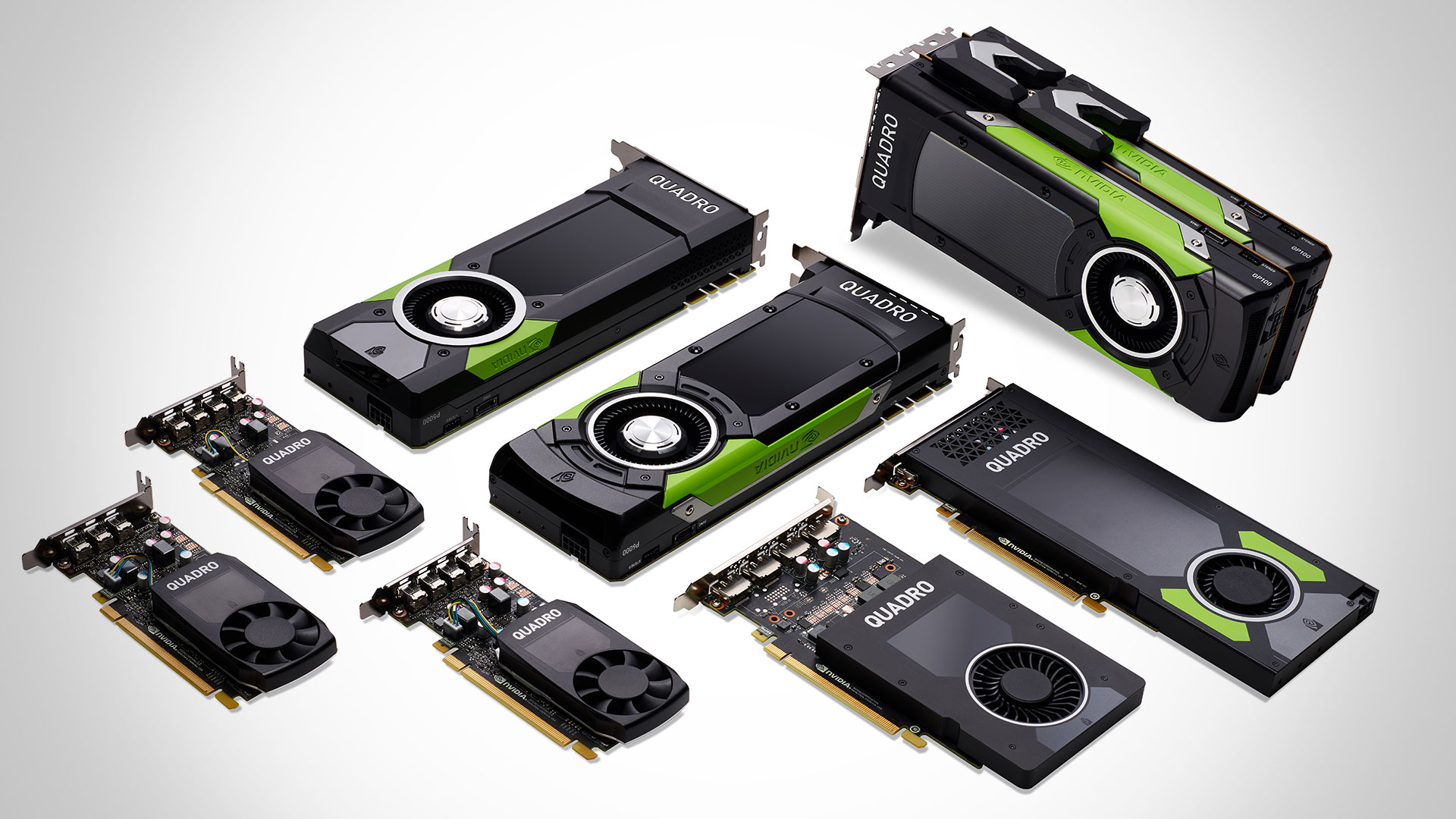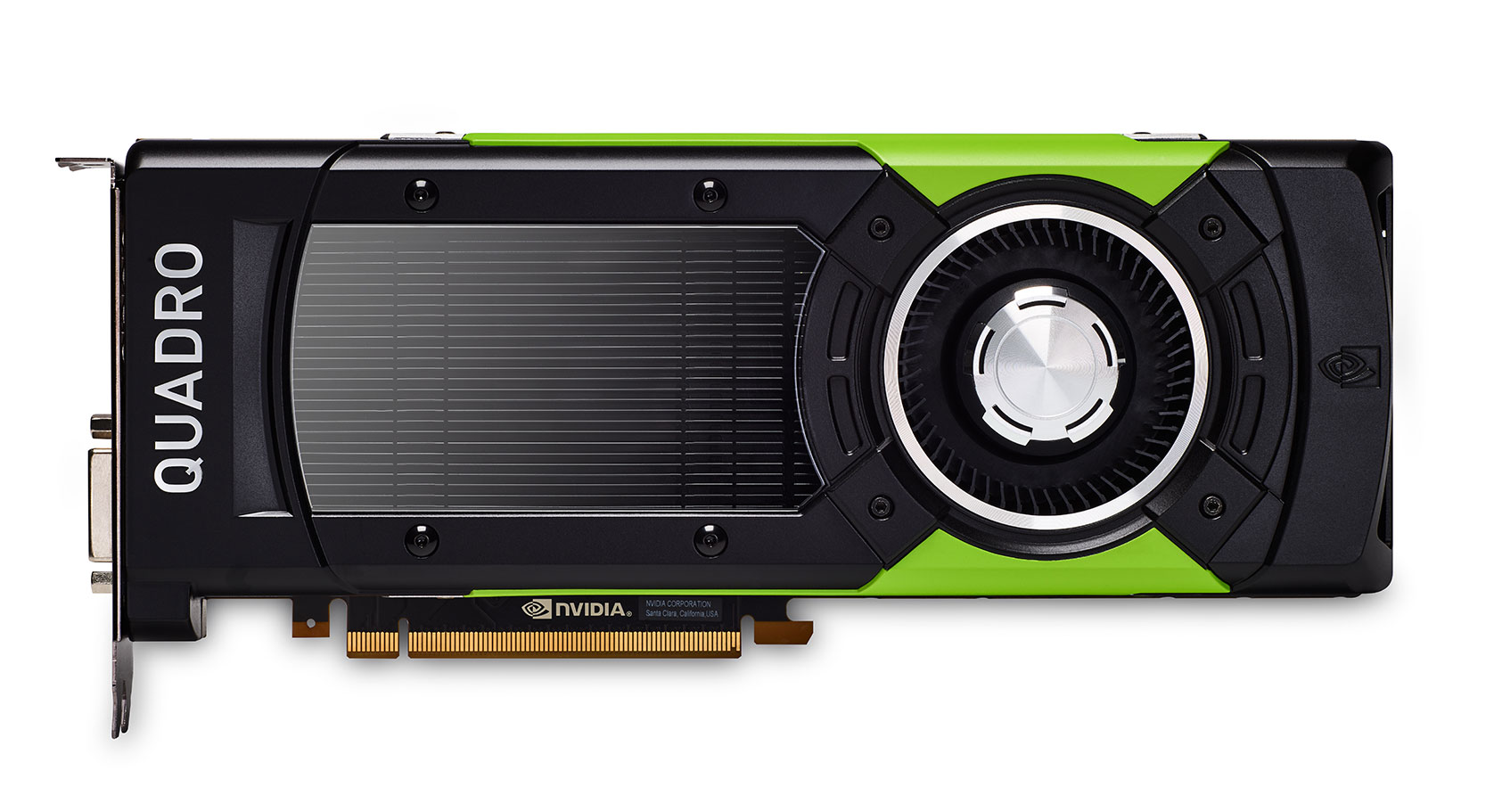Turn your workstation into a creative supercomputer
Find out how the latest Quadro GPUs from Nvidia will help you to futureproof your design studio.

You can never have too much computing power to work with, especially if you're doing intensive 3D or VR work, but even if you're only using Photoshop CC you'll need a lot of desktop grunt if you're using its cutting-edge features on huge images.
And today a fast CPU alone just isn't enough. Increasingly, professional applications require the heavyweight computational power of a GPU, and the latest batch of Quadro GPUs from Nvidia are set to deliver the most performance yet.
The new Quadros are led by the GP100, an absolute monster of a card capable of turning your workstation into a supercomputer. Boasting 16GB of high-bandwidth memory and capable of delivering over 20 TeraFLOPS of 16-bit floating point compute power, it's ideal for simulation and ultra-detailed rendering, and just the thing for intensive deep learning AI applications.

The full range of new GPUs - the GP100, P4000, P2000, P1000, P600 and P400 - use Nvidia's Pascal architecture to provide a visual computing platform that streamlines design and simulation workflows with up to twice the performance of the previous generation.
Whether you want to create more detailed and expansive VR environments, power multiple 5K displays simultaneously or build massive digital signage cost-effectively, the new Quadros have you covered, and of course by combining GPUs you can ramp up the performance even more.
The new Quadro GPUs will be available from March; find out more at the Nvidia site.
Related articles:
Get the Creative Bloq Newsletter
Daily design news, reviews, how-tos and more, as picked by the editors.

Thank you for reading 5 articles this month* Join now for unlimited access
Enjoy your first month for just £1 / $1 / €1
*Read 5 free articles per month without a subscription

Join now for unlimited access
Try first month for just £1 / $1 / €1

Jim McCauley is a writer, performer and cat-wrangler who started writing professionally way back in 1995 on PC Format magazine, and has been covering technology-related subjects ever since, whether it's hardware, software or videogames. A chance call in 2005 led to Jim taking charge of Computer Arts' website and developing an interest in the world of graphic design, and eventually led to a move over to the freshly-launched Creative Bloq in 2012. Jim now works as a freelance writer for sites including Creative Bloq, T3 and PetsRadar, specialising in design, technology, wellness and cats, while doing the occasional pantomime and street performance in Bath and designing posters for a local drama group on the side.
